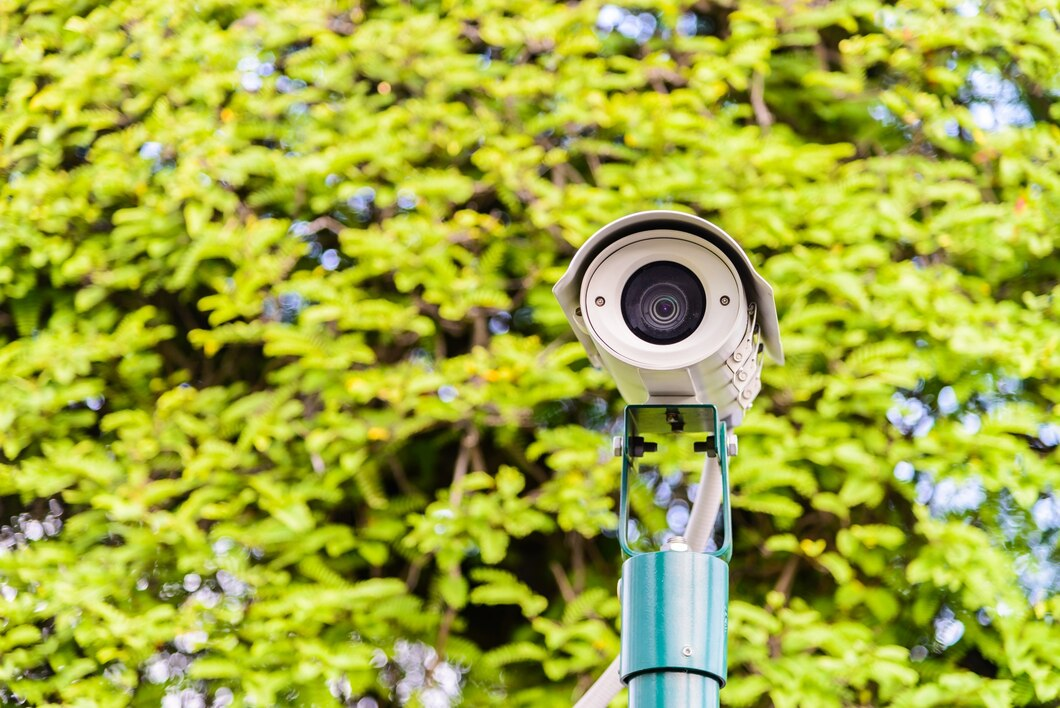In the contemporary era, safeguarding one’s home has become increasingly crucial. With advancements in technology, homeowners have access to a wide array of tools to protect their property and loved ones. One such tool is the security camera, which serves as a vigilant eye, monitoring your home even when you’re away. But simply installing security cameras isn’t enough; it’s crucial to strategically place them in the right locations to maximize their effectiveness and meet the required number of cameras for home security. In this blog post, we’ll delve into the importance of choosing the right locations for your home security cameras and provide some valuable tips to help you do just that.
Table of Contents
ToggleIdentifying Possible Security Risks
To effectively position your home security cameras, start by conducting a thorough assessment of potential security risks around your property. Take a comprehensive walk-through, paying close attention to secluded areas where intruders might attempt unauthorized entry without detection. Key points to scrutinize include backdoors, ground-level windows, and any other potential access points. Additionally, assess your property’s lighting situation, particularly during the night, as poorly lit areas can offer cover for illicit activities. Identifying these vulnerabilities is essential for strategically placing cameras to monitor and deter potential threats effectively.
Front and Back Doors
Securing both your front and back doors with cameras is essential, as they are common entry points for visitors and potential intruders alike. Burglars often target backdoors for their discreteness, making them equally important to monitor. When installing cameras, ensure they are strategically positioned to cover not only the doors themselves but also any adjacent windows or pathways leading to them. This comprehensive coverage provides a thorough surveillance net, enabling you to monitor and deter any suspicious activity around your home’s entry points effectively.
Windows
While doors are often the common point of entry, we shouldn’t ignore the windows. Vulnerable windows—those that are hidden from public view or are accessible from flat surfaces—are prime targets for potential break-ins. Surveillance cameras facing such windows can deter potential invaders, making them think twice before attempting a break-in.
Garage and Driveway
Garages, sometimes overlooked, also pose potential risks. Not only do they store valuable items such as cars and tools, but they also often provide a secondary entrance into your home.

The driveway is another area where visibility can deter potential burglars. Cameras placed here can also help to monitor any suspicious activities or vehicles approaching your property.
Backyards and Side Gates
Backyards and side gates are hotspots for random criminal activity, often being secluded, easy to access, and harboring expensive equipment like garden tools and lawnmowers. It’s essential to monitor these points meticulously. To add, cameras that overlook the back garden or yard can give peace of mind regarding children’s safety when they are outside playing.
Home Interior
While most people focus primarily on the external areas of their home when considering security, a significant feature of a robust security system is cameras inside your home. Some crucial places include the main hallways, the living room, and significant areas of movement. Not only do these areas offer a fallback line of vision if an outside entry point is overlooked, but they may also help in identifying culprits in instances when a breach does occur.
Balancing Privacy with Security
While prioritizing home security, it’s paramount to respect privacy rights and avoid intrusive surveillance practices. Particularly sensitive areas within the home, like bedrooms and bathrooms, demand a tactful approach to camera placement due to their intimate nature. Striking a balance between security measures and privacy considerations ensures a comfortable and respectful living environment for all occupants.

Employing discretion and clear communication when installing cameras in shared spaces fosters trust and maintains privacy boundaries within the household.
Maintenance and Visibility
It’s crucial to recognize that the effectiveness of a security camera hinges on its consistent recording capability. Routine maintenance, including clearing any obstructions to the camera’s view and ensuring reliable power sources, is imperative for uninterrupted surveillance. Additionally, enhancing visibility by strategically placing cameras can serve as a powerful deterrent against potential burglaries, prompting would-be intruders to rethink their actions and opt for less risky targets. By prioritizing maintenance and maximizing visibility, homeowners can significantly bolster their home security measures and safeguard their property effectively.
Final Thoughts
Home security cameras are an essential component in ensuring your home’s security. Their strategic placement can often be the line between a safe home and a vulnerable one. However, deciding how many cameras for home security you should have in your home is a necessary consideration that could affect the breadth of coverage of your property and eventual system effectiveness. It is important to remember that while these cameras play a crucial role in home security, they are just one factor in a vast array of security considerations every homeowner should take into account.





